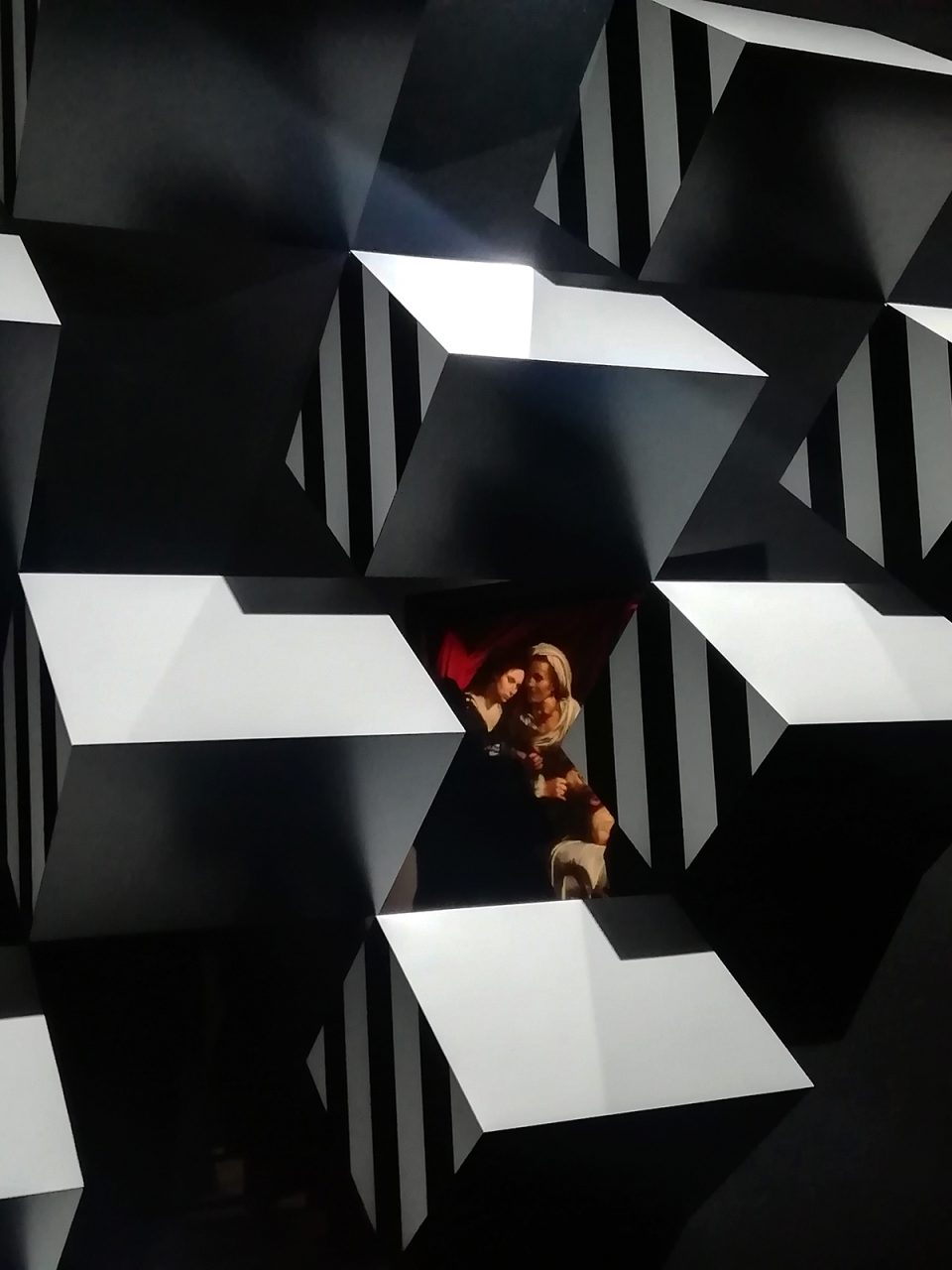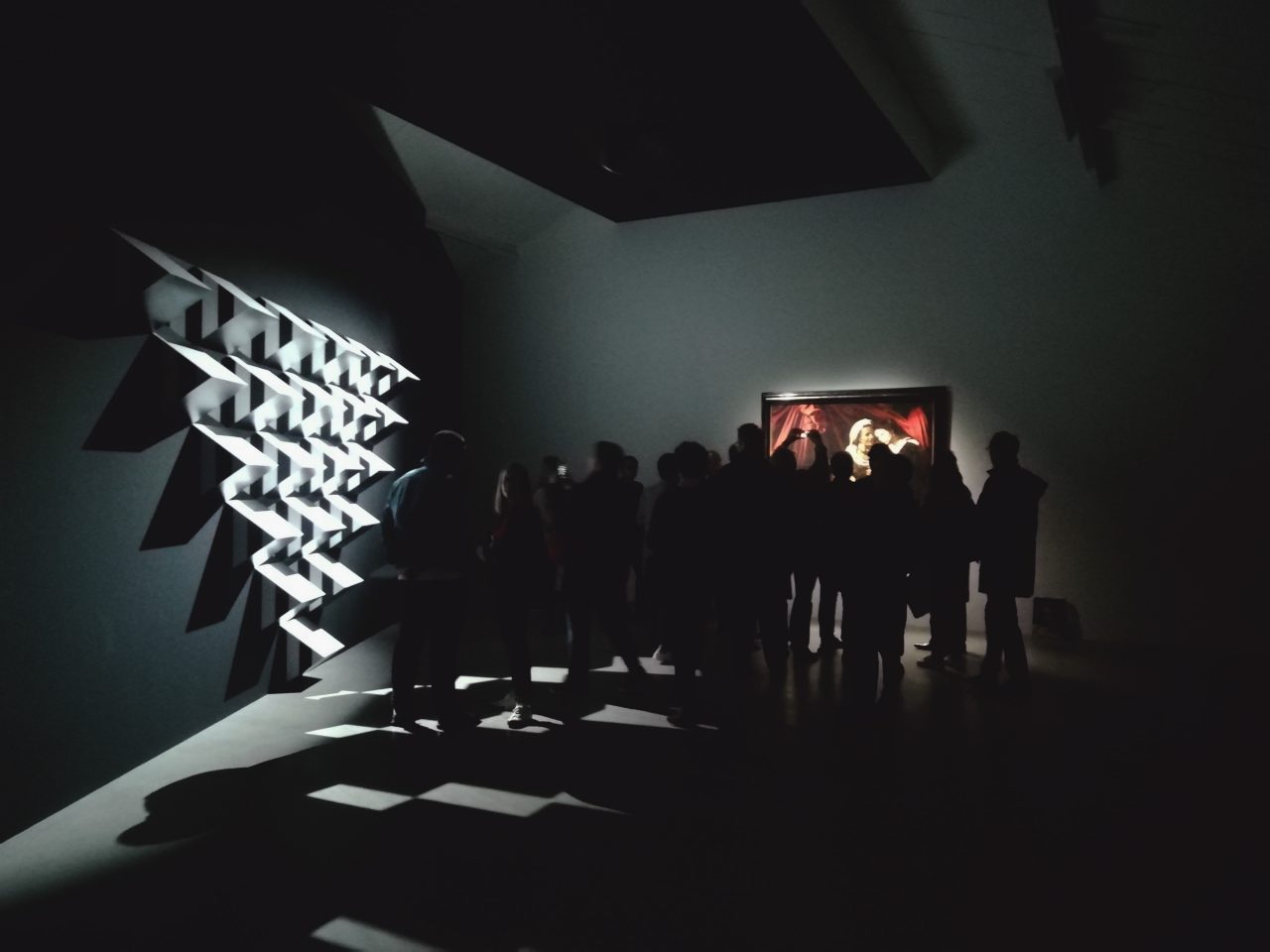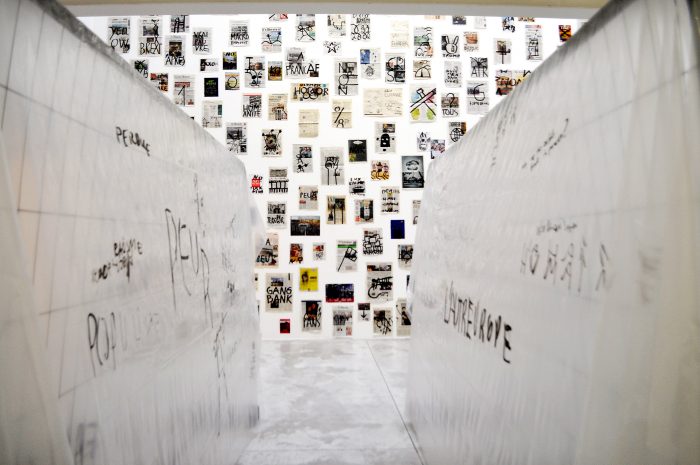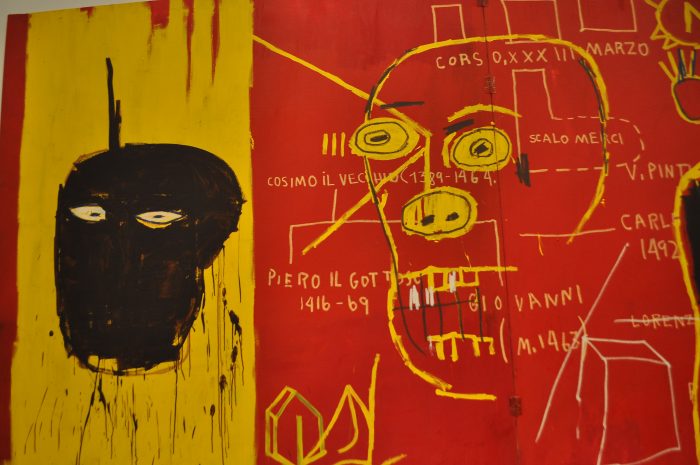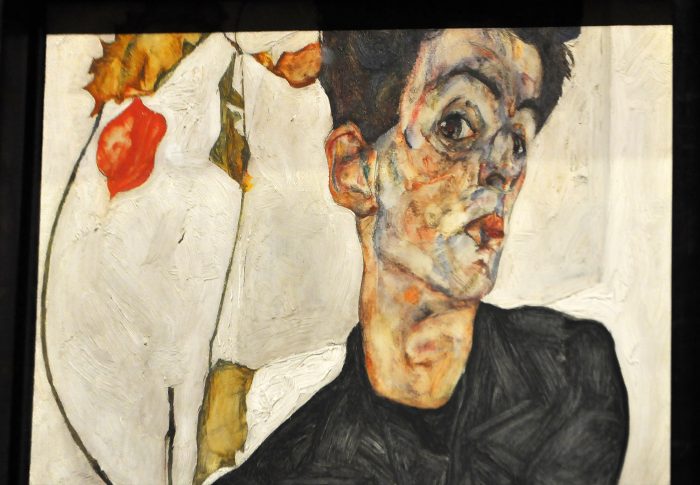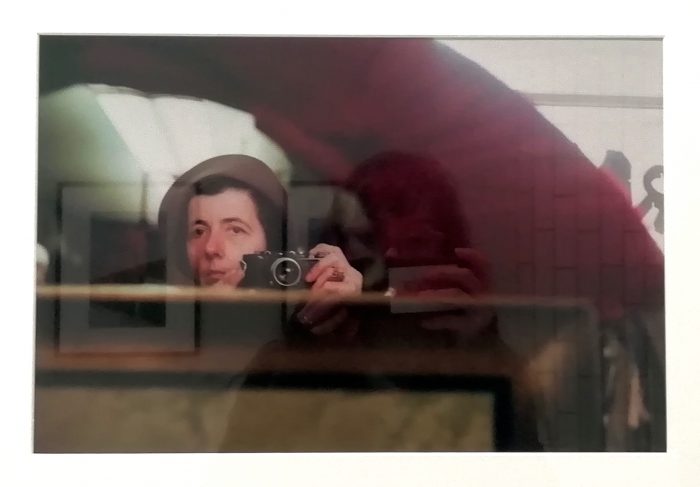I went to see the “latest” Caravaggio: “Judith and Holopherne” and it was pretty amazing
Posted by Raluca Turcanasu on / 0 Comments
A couple of years ago, in 2014 to be precise, a medieval painting was found in an attic and Toulouse, and after specialists in medieval paintings (most notably Éric Turpin) have analysed it in depth they decided: it’s a Caravaggio, one of the few (around 60 in the entire world), painted around 1607.
It will be sold in an auction this June, in Paris, so now it was the time to check it out.
A question ruminated inside my head as I walked towards Kamel Mennour, on the streets around Odeon:
What other work could be exhibited next to a newly discovered Caravaggio?
Well, a work that would enhance the viewing experience, of course!
As I entered, the guard elegantly opened the door for me. In the hallway there were large prints with an interview given by Mr. Éric Turpin (let me know if interested, I can send it out to you 🙂 ).
The work was downstairs and I appreciated this entree, the way they curated the hollow of mistery and curiosity around this.
I descended and I directly understood why they chose Daniel Buren’s in situ work, Pyramidal, haut-relief – A5, to complement Caravaggio’s master piece:
Daniel Buren’s Pyramidal allows the viewers to focus on different details of Judith and Holopherne, obturating the others.
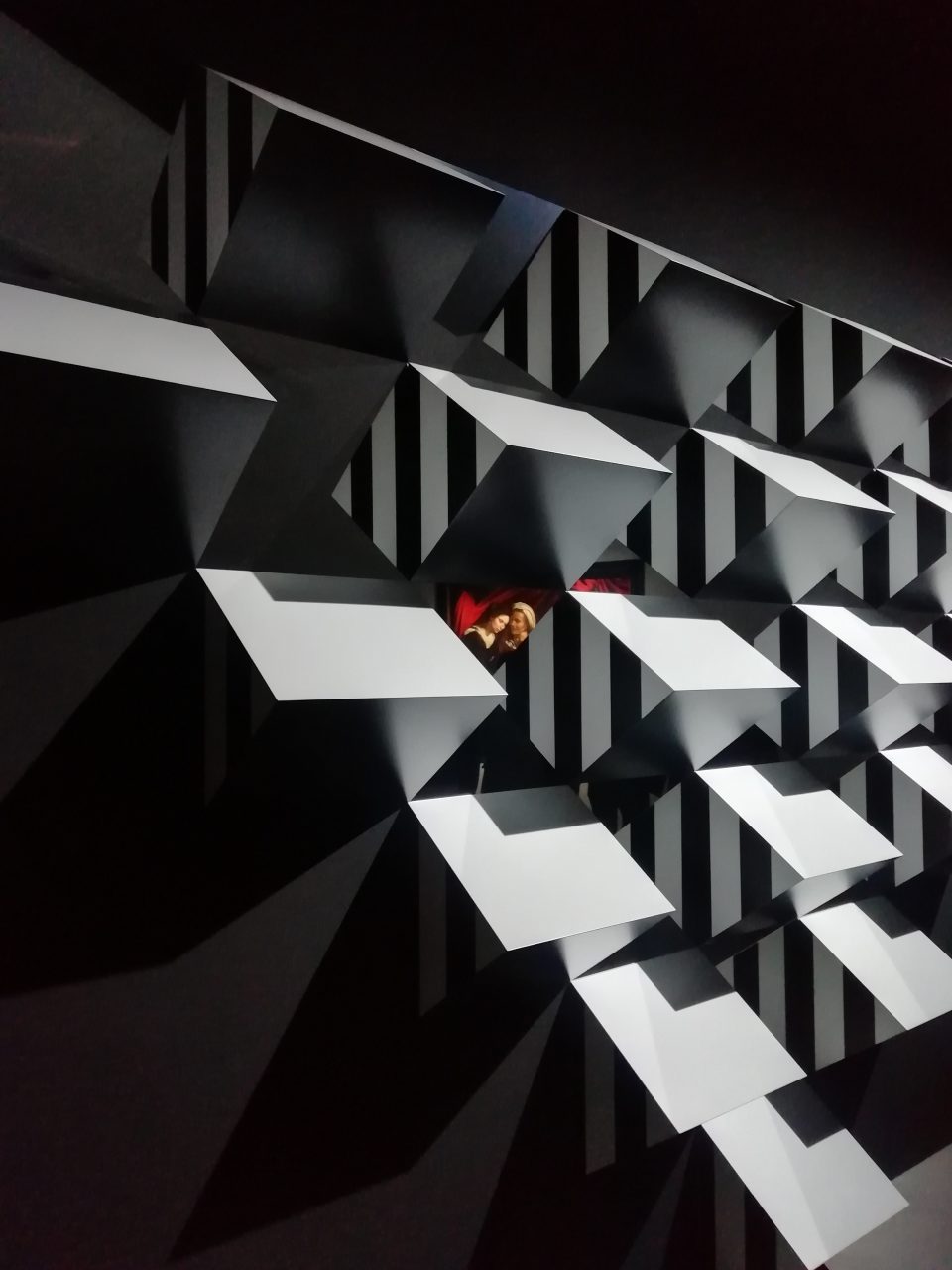
Daniel Buren, Pyramidal, haut-relief – A5, in situ, Kamel Mennour, Paris
It intermediates and refocuses the viewing experience, which is really amazing because:
- it allows the visitor to just look at one detail at a time. We, I for one at least, must admit that there is a lot of tension coming out of the painting (and of the majority of his paintings for that matter). It’s a lot to take in and it’s very alive, while at the same time depicting death
- it allows you to move around the room and look at it from various distances, allowing the other visitors to get close 🙂
Caravaggio’s Judith and Holopherne
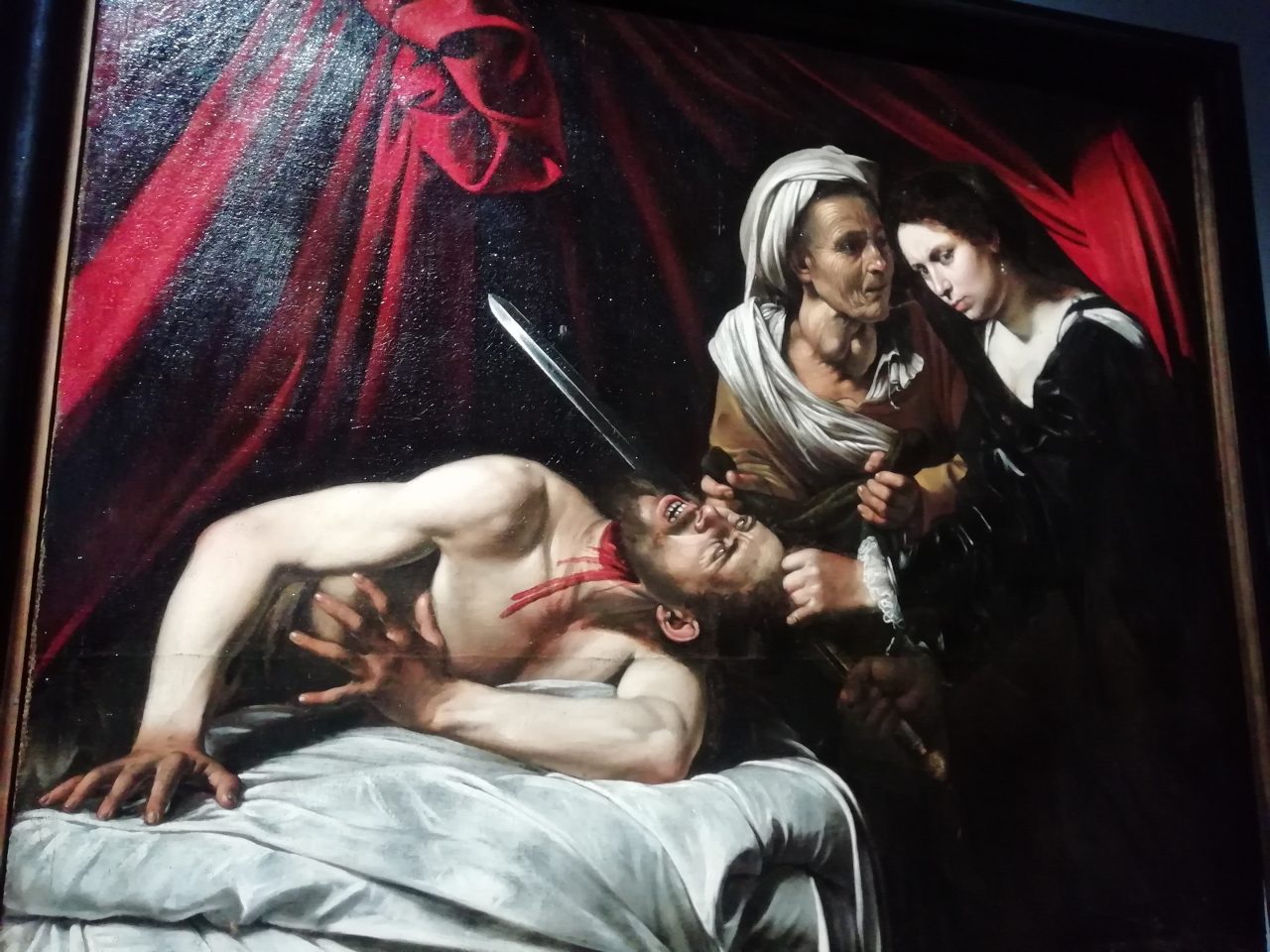
It’s just brimming with details, like any Caravaggio, of course! But what really drew me in was the gaze of Judith, directly looking at us – again, proof that what we like to call the avantgarde did not start in the 20th century, but it is rather an ageless dissident view upon the world…
Check it out:

Here’s a detail of Holopherne’s head too:
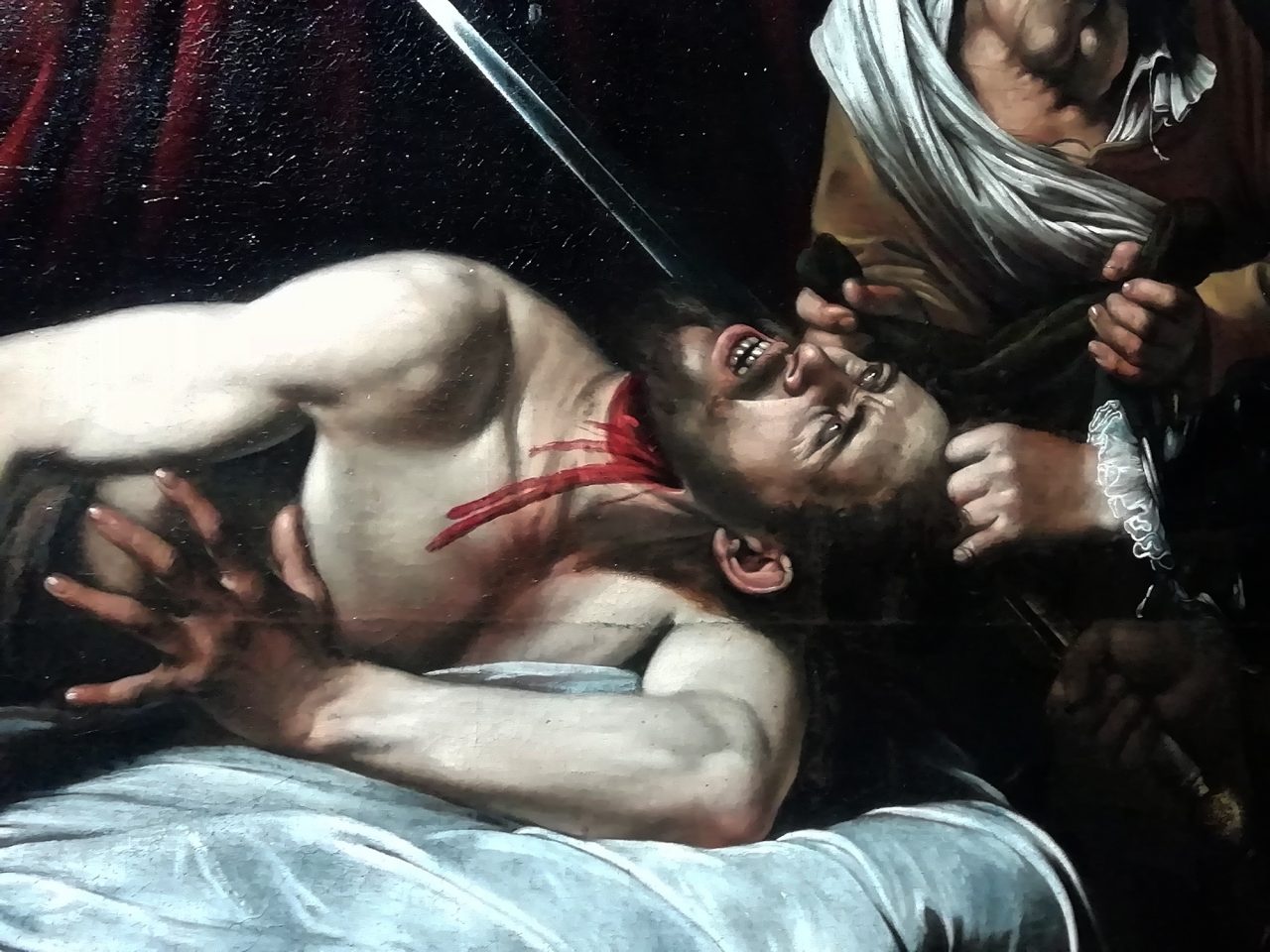
It’s so surprising every time how alive Caravaggio’s paintings are, you can feel somehow the presences of these people when you are in front of the painting.
And, to get away from that darkish presence, you could turn your gaze towards the work of Daniel Buren:
